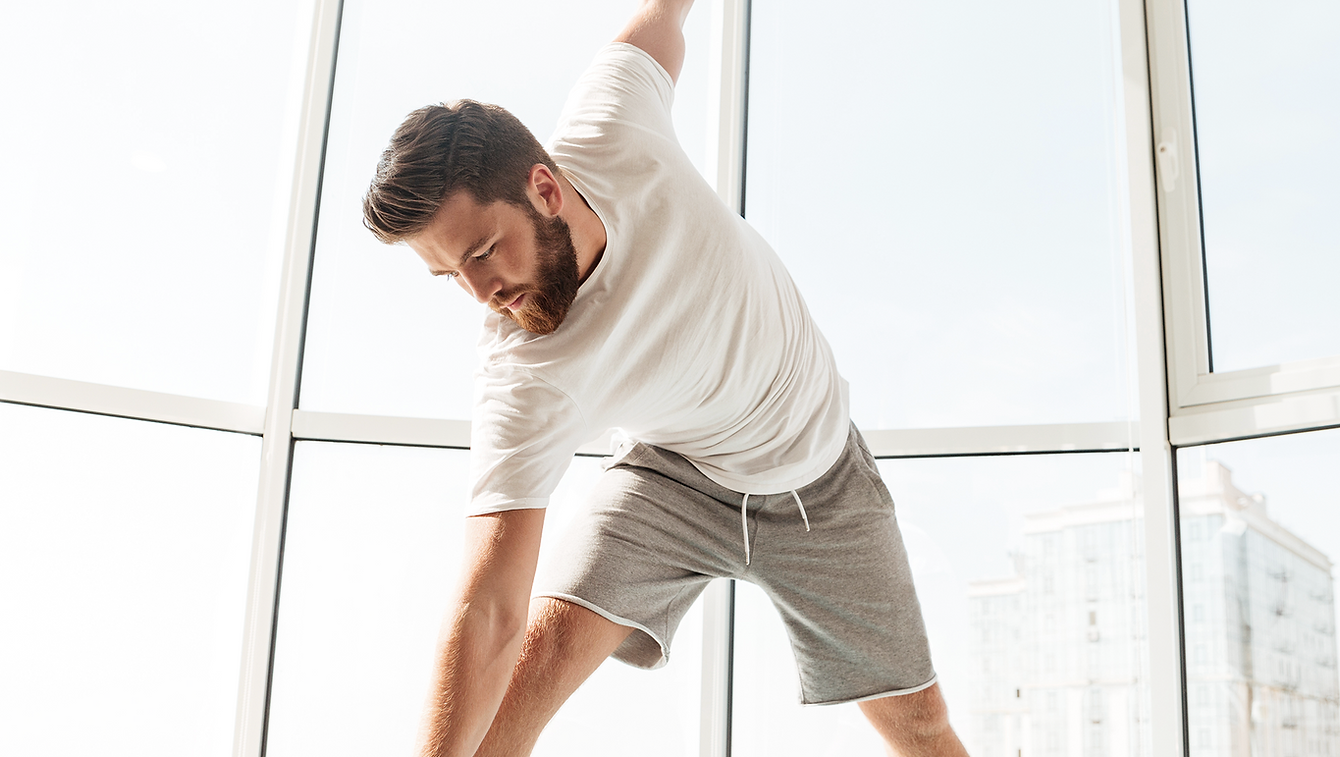
Balance and Falls
As we age, or when living with certain health conditions, balance can become more difficult and the risk of falling increases. A fall can have a big impact on independence and confidence, but with the right physiotherapy support, much can be done to reduce risk and improve safety.
What to expect?
Comprehensive Balance & Falls Risk Assessment
I will complete an assessment that will look at both physical ability and lifestyle factors that may contribute to falls. This may include:
-
Medical history & lifestyle factors: Reviewing previous falls, medication, footwear, vision, and your home environment.
-
Functional mobility tests to assess risk of falls and how to support this.
-
Strength & flexibility assessment: Focusing on lower limb, hip, and core function.
-
Gait analysis: Observing walking pattern, stride length, and speed.
-
Neurological screening: Checking sensation, reflexes, proprioception, and vestibular (inner ear) function.
-
Environmental/home assessment: Identifying hazards such as loose rugs, poor lighting, or uneven flooring.



Tailored Treatment & Interventions
Every programme is designed to improve safety, confidence, and independence through evidence-based strategies:
-
Exercise-Based Interventions
-
Strength training (legs, hips, and trunk for stability).
-
Balance retraining (single-leg stance, heel-to-toe walking, stepping strategies).
-
Coordination & agility training (dual-task exercises, turning, and reaching).
-
Flexibility to maintain posture and joint mobility
2. Functional & Task-Specific Training
-
Practicing real-life movements such as standing from a chair, climbing stairs, and turning safely.
-
Teaching strategies to get up safely after a fall or trip.
3. Gait Re-education
-
Correcting walking patterns to improve stride length and safety.
-
Recommending and adjusting walking aids (sticks, frames, rollators) where appropriate.
4. Vestibular & Sensory Integration
-
Exercises for dizziness, vertigo, or inner ear problems to improve stability and spatial awareness.
5. Education & Self-Management
-
Advice on pacing activity, hydration, and footwear.
-
Home fall-prevention strategies such as improved lighting, removing trip hazards, and considering grab rails.
6. Multi-Disciplinary Input
-
Referrals to occupational therapists for home adaptations.
-
Liaising with GPs, pharmacists, or nurses for medication reviews or additional support.
The Goal
The aim of balance and falls prevention physiotherapy is to reduce your risk of falling, restore confidence, and help you stay active and independent in your own home and community.
👉 Book your balance and falls risk assessment in Sussex today and take a proactive step towards safer, more confident movement.